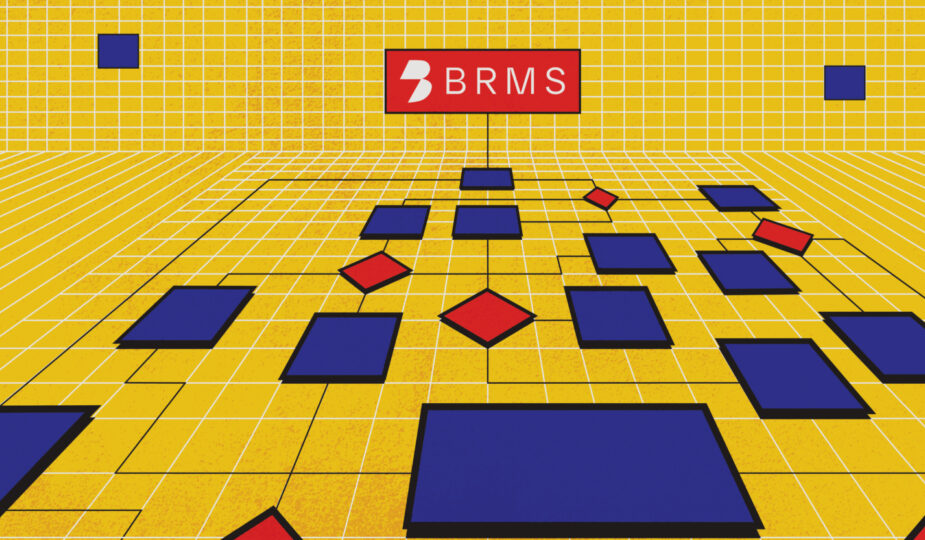Empowering professionals with BRMS

In the ever-evolving landscape of modern business, where agility and innovation are a must, the tools we employ become the key differentiators of our success. Martijn Reijerse (Head of Technology, ReMark) and Robert Mars (Digital Product Manager, ReMark) walk us through one of our most powerful advancements, BRMS, from conception to realisation.
The genesis of BRMS
At the heart of understanding BRMS lies the question: "Why did we build it?"
BRMS wasn't merely an addition to our technology stack; it emerged as a response to address the challenges and inefficiencies associated with modelling and configuring business rules across diverse domains.
We recognised the complexity and time-consuming nature of this process and wanted our suite to specifically target non-technical individuals, empowering them to configure rulesets themselves.
"BRMS unlocks new possibilities for businesses."
Martijn Reijerse Head of Technology
“BRMS allows business developers, underwriters, and/or non-technical employees to actively utilise the suite in various domains and multiple applications. The solution is intuitive and streamlines rule configuration, improves operational efficiency, and unlocks new possibilities for businesses.” — says Martijn Reijerse, Head of Technology.
What does BRMS solve?
Imagine creating intricate questionnaires, tailored to specific use-cases, without extensive coding or development efforts - that’s what BRMS offers.
Business rules are no longer the sole preserve of the tech-savvy. Underwriters and other professionals with minimal technical knowledge can now seamlessly contribute to, visualise, validate, and deploy business rules to their clients.
But the system isn't solely confined to integration within underwriting or claims solutions. It can also be deployed within engagement solutions, such as ReMark’s health and wellness app Good Life. This demonstrates that organisations can use BRMS to craft tailor-made rulesets according to their own needs.
The road ahead
As we gaze into the future, BRMS offers many exciting opportunities. The user-friendly design makes it adaptable to different services and industry needs. Considerations like occupational risks become opportunities for enhancement and challenges become a canvas for innovation.
Within financial services, BRMS could be used to automate credit approval processes or optimise investment strategies based on changing market conditions. And in the healthcare industry, BRMS may aid patient eligibility for insurance claims and automate billing processes.
"We can serve our clients and their end-consumers faster and better."
Robert Mars Digital Product Manager
"We are improving BRMS to support our global underwriting and claims philosophy. By enabling underwriters and other industry professionals to do their job in a quicker and more efficient way, we can serve our clients and their end-consumers faster and better.” — says Robert Mars, Digital Product Manager.
BRMS isn't a static entity. Options are limitless and it will unlock the potential for myriad new business opportunities.